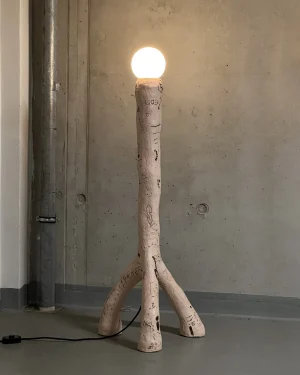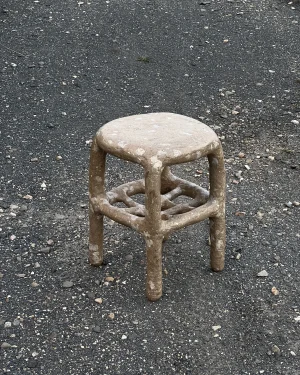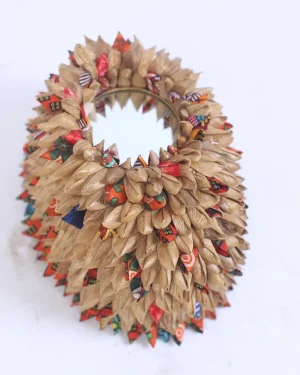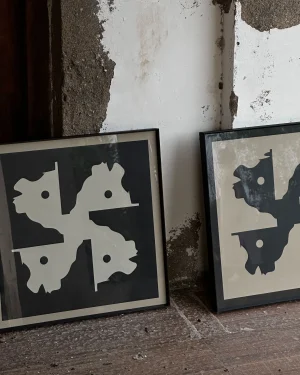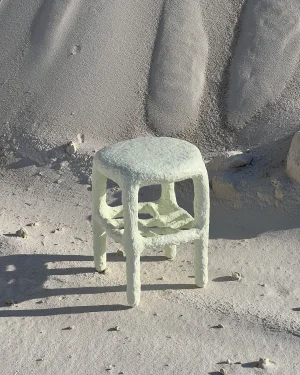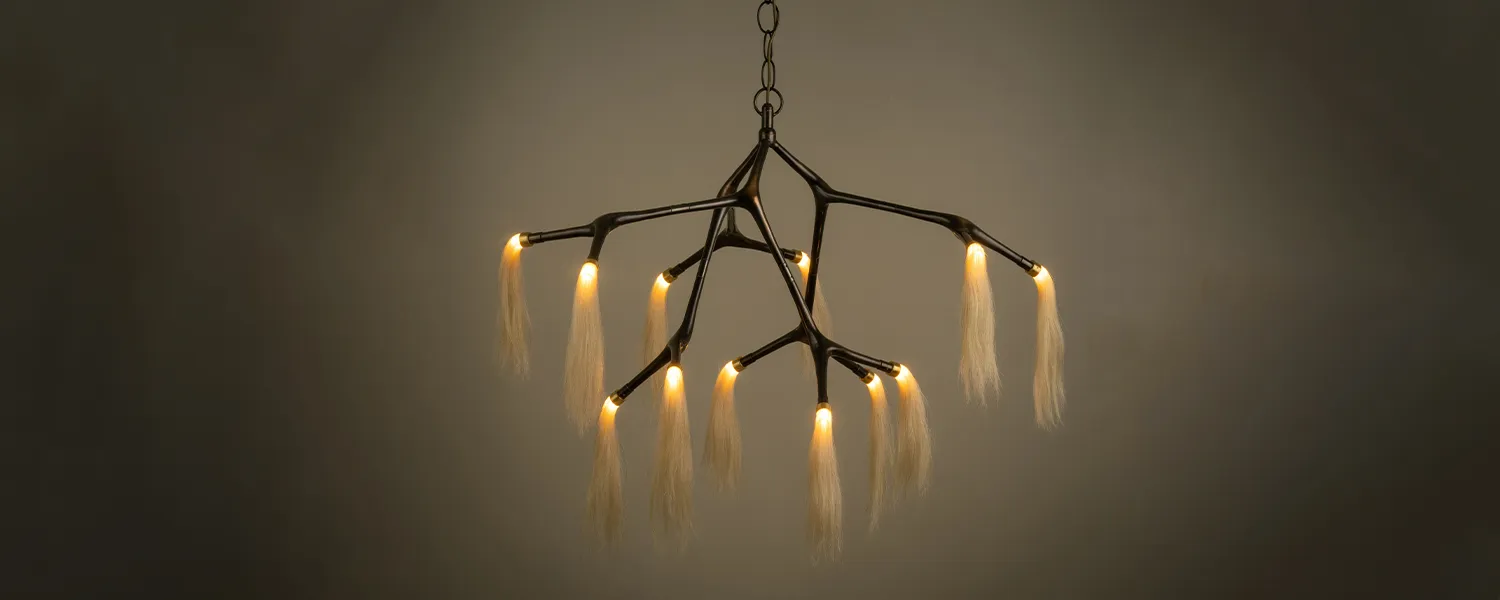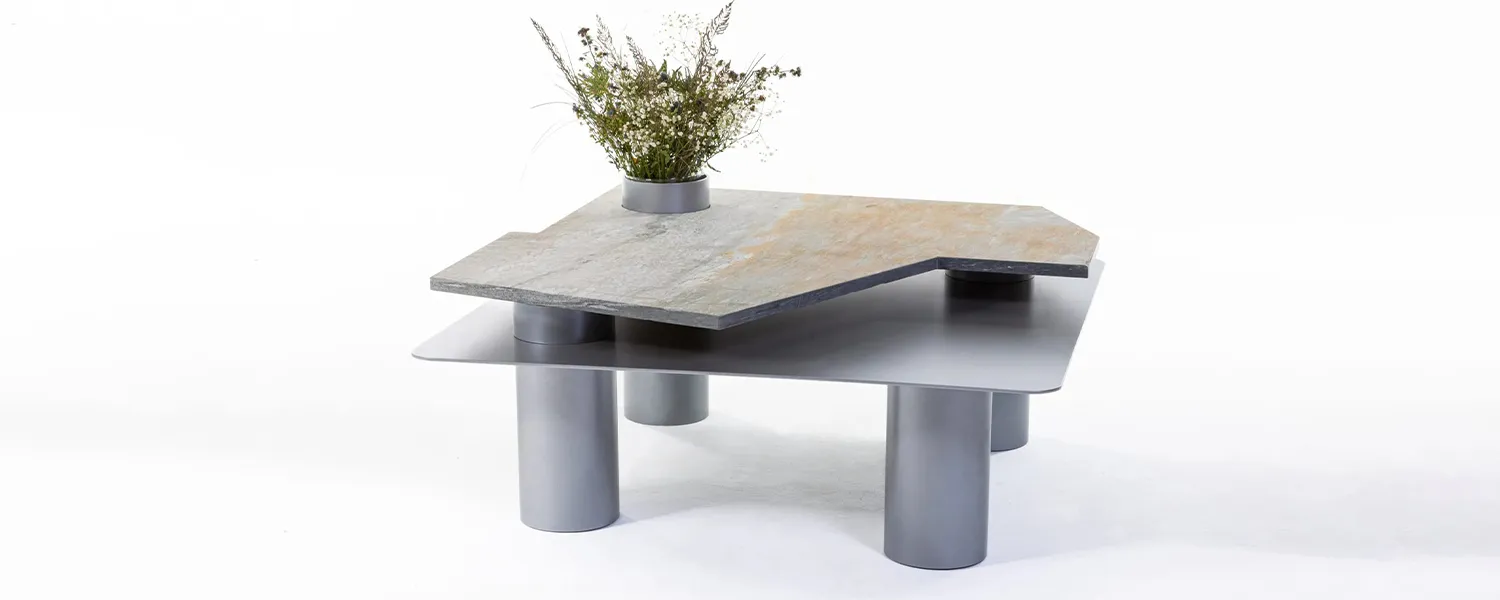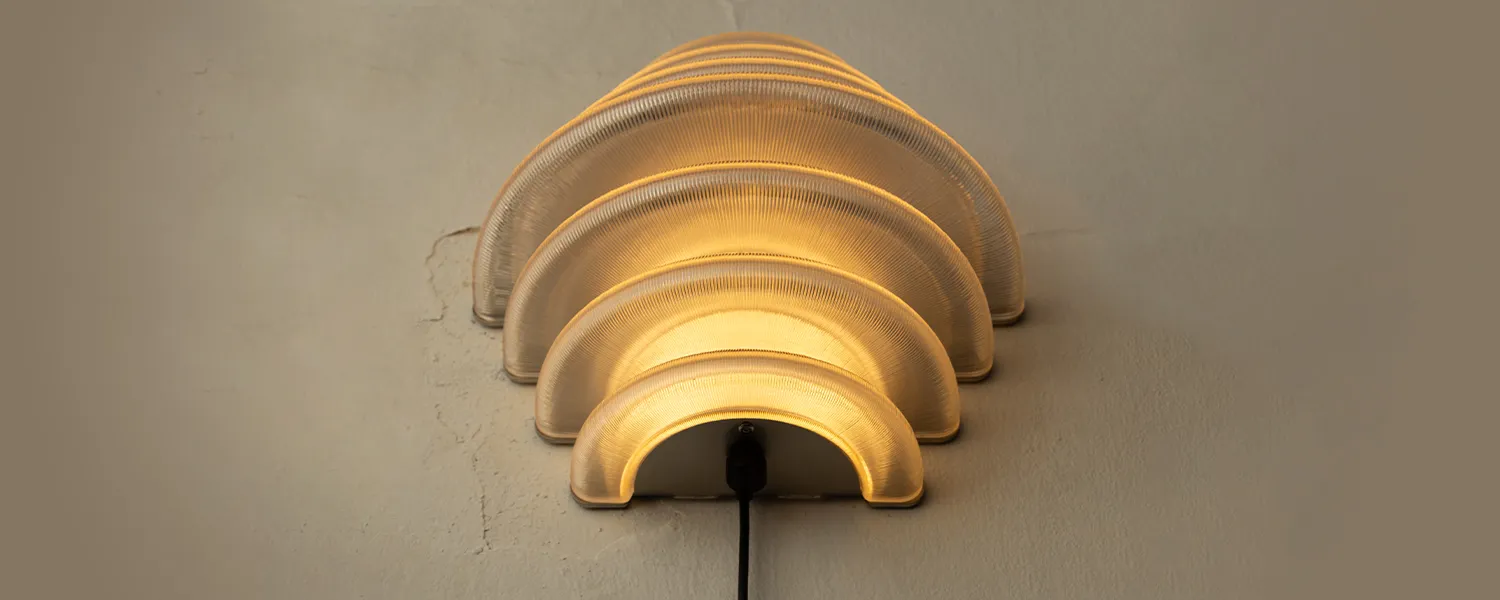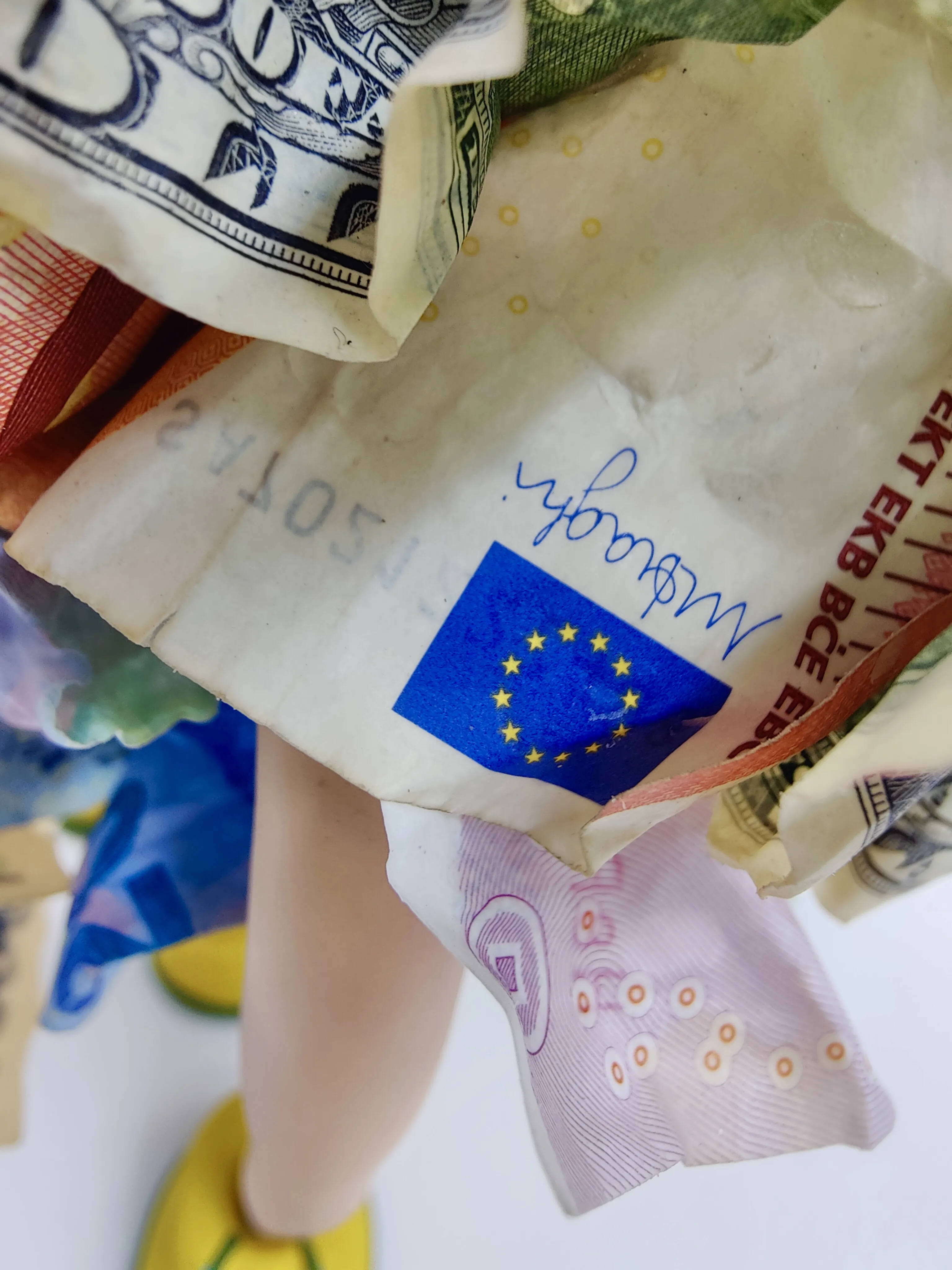
Paperwork… The Good Kind!
Welcome to the fascinating world of paperwork art, where the elegance of Art Deco, the serenity of Coastal themes, the futuristic vibes of Space Age, and the lavishness of Maximalism all find a home. Here, paper transforms from a simple sheet into intricate masterpieces, folded, cut, and sculpted into astonishing forms. We’re not just talking about flat, one-dimensional sheets; we’re exploring vivid, multi-dimensional works of art that span a variety of styles. From elegant origami and layered paper collages to art pieces inspired by various design movements, this article dives deep into the endless creative possibilities of paper. Whether you’re an aspiring artist or simply an art enthusiast, there’s inspiration here for everyone. Let’s unfold this captivating story.
What is Paperwork ?
Paperwork is a term that can refer to different things depending on the context. In a general sense, it usually means tasks involving writing, organizing, or processing papers and documents. But in the context of art, paperwork refers to creating art pieces using paper as the primary medium. This can include techniques like origami, paper cutting, collaging, and sculpture. Paper in this case isn’t just a surface to draw or paint on; it’s the material artists shape to create their work. From simple paper folds to complex cuts and layers, paperwork art offers a wide range of creative possibilities.
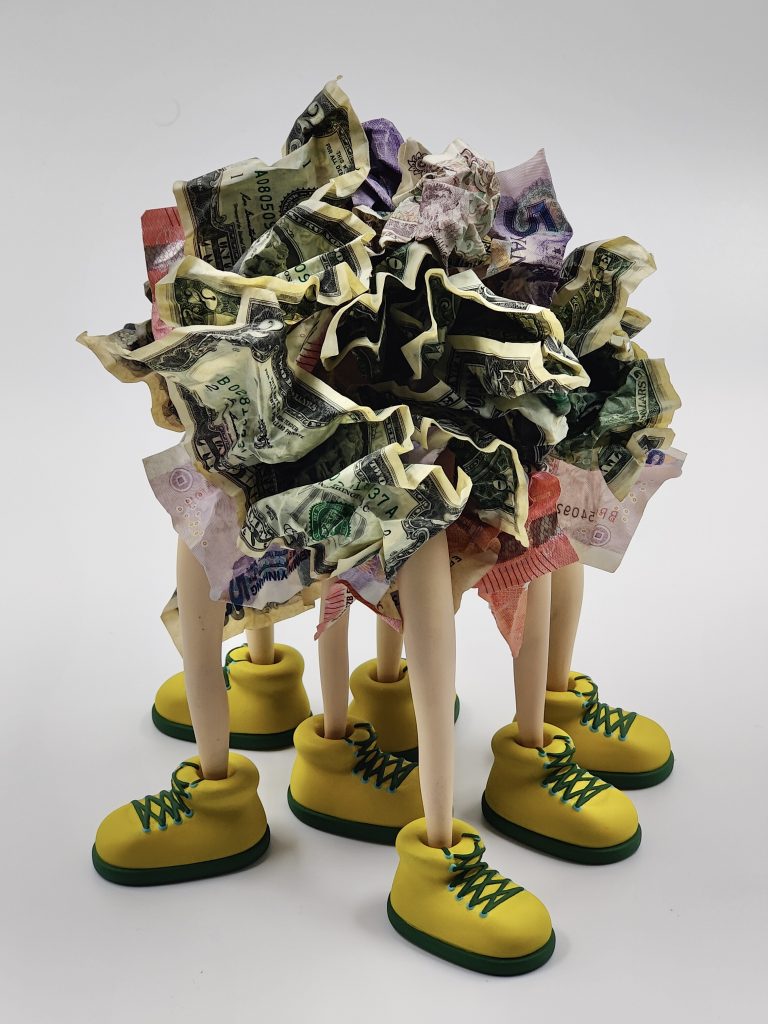

The Origins of Paperwork
The origins of paperwork as an art form trace back to different cultures and time periods, each contributing their unique techniques. For example, the art of origami has its roots in Japan, while paper cutting can be traced back to ancient China. The use of paper in art has evolved over time, with influences from various cultures blending to create a rich tapestry of techniques. Today, artists continue to push the boundaries of what’s possible with paper, using it not just as a canvas, but as a medium for expression in its own right. From intricate paper sculptures to large-scale installations, paperwork remains a versatile and ever-evolving art form.




See More Like This: Visit Our Online Gallery of Paperwork Designs
What Are Popular Paperwork Techniques?
Popular paperwork techniques offer a range of options for artists, each bringing its own unique style and skill set. Paper cutting is a straightforward but versatile method where artists carve out designs or shapes from a paper sheet, often creating intricate patterns or silhouettes. Origami, the Japanese art of paper folding, varies from simple to complex and can result in both functional and decorative items. Quilling is another fascinating approach, using thin strips of paper that are rolled, shaped, and glued together to make intricate designs or even 3D objects.
Additional techniques add even more depth and complexity to the world of paperwork. Papier-mâché involves applying strips of paper soaked in glue or starch over a form to create sculptures or masks. More modern is 3D paper art, where artists layer cut pieces of paper to create a sense of depth and perspective in their work. These techniques can be stand-alone or combined, offering artists an array of possibilities for both function and form.


What is the Best Paper for Each Paperwork Technique?
The type of paper you choose can greatly affect the outcome of your paperwork project. For paper cutting, a thicker, more rigid paper like cardstock often works best because it holds its shape. Origami generally requires thinner, lightweight paper that folds easily without tearing, such as kami or washi paper. Quilling typically uses special quilling paper strips, but you can cut your own from medium-weight colored paper if you prefer.
For papier-mâché, newspaper is commonly used for its flexibility and because it’s often readily available. However, you can also use brown craft paper for a sturdier result. In 3D paper art, a range of paper types may be used, depending on the desired effect; cardstock can provide structure, while thinner papers offer finer detail. The key is to match the paper to your project’s specific needs, considering factors like weight, flexibility, and texture.
Notable Artists within Paperwork
In the realm of paperwork art, several artists have gained fame for their exceptional skills and unique styles. One notable figure is Rob Ryan, known for his intricate paper cuts that often feature poetic phrases. Another is Peter Callesen, who transforms single sheets of A4 paper into 3D sculptures. His works often play on the contrast between the 2D paper and the 3D figures that emerge from it.
Tara Donovan is known for her large-scale installations, often made from everyday materials, including paper. She takes a common object and transforms it into something extraordinary through repetition and assembly. Artists like Yulia Brodskaya and Karen Bit Vejle have also gained attention for their intricate quilling and paper cutting works, showing that the possibilities in paperwork art are endless. These artists inspire budding creatives to explore the medium and push the boundaries of what can be achieved with pap
Read Now: 12 Paper Designs That Make You Think Twice


Current State of the Market:
The market for paperwork art is on the rise, fueled by a growing demand for handmade and one-of-a-kind pieces. Online shops and art fairs help artists reach a worldwide audience. With a shift towards eco-friendly materials, the biodegradable nature of paper appeals to both artists and buyers.
Yet, there are hurdles. Digital art and factory-made decor offer stiff competition. The cost of top-grade paper and other supplies can deter some artists. Even so, the appetite for distinctive paperwork art stays high, creating chances for both new and seasoned artists.
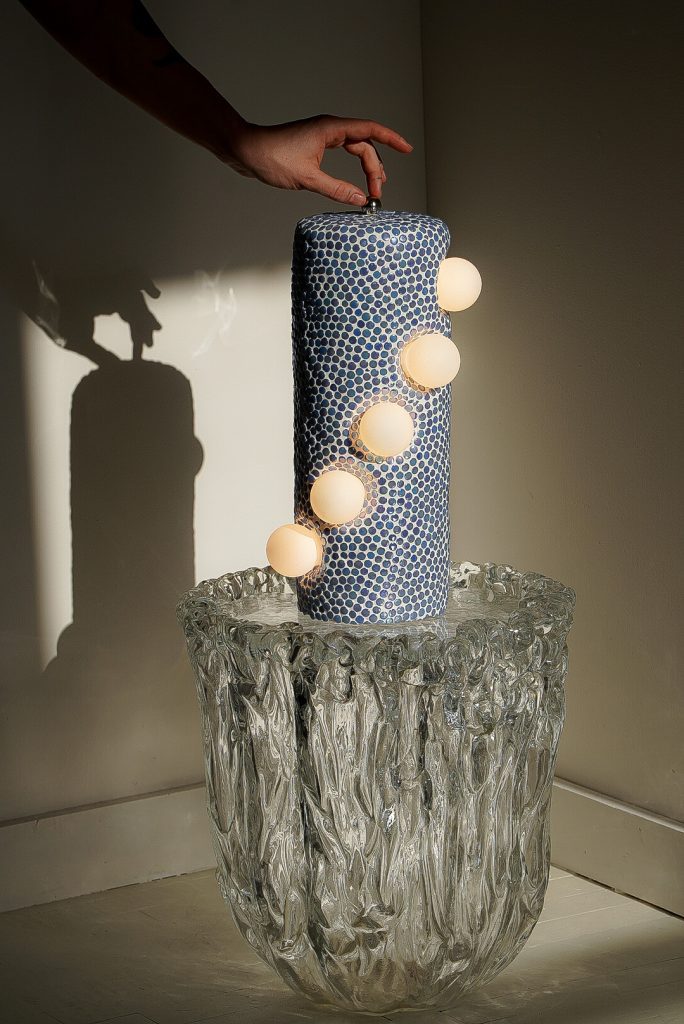



Conclusion
In conclusion, paperwork art is a versatile and evolving field that offers artists a wide range of creative possibilities. From its historical roots to modern techniques, it continues to attract new talent and audiences. The market is promising but also presents challenges that artists must navigate. Overall, paperwork art holds a unique place in the art world, blending traditional craft with contemporary design, and shows potential for future growth and innovation.
Discover Paperwork Design on Adorno
-

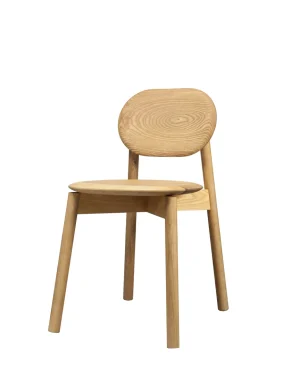 Rua Cha – Minimalist Ash Wood Chair
Rua Cha – Minimalist Ash Wood Chair -
Piece on sale

 Isolation – Cork Wood Coffee Table€1.710
Isolation – Cork Wood Coffee Table€1.710 -

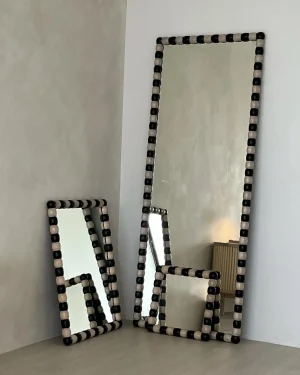 Onde – Two-toned Mirror€375 – €1.338 incl. tax
Onde – Two-toned Mirror€375 – €1.338 incl. tax -

 Ovoid Keeper – Tissue Paper Holder€413 – €538 incl. tax
Ovoid Keeper – Tissue Paper Holder€413 – €538 incl. tax -

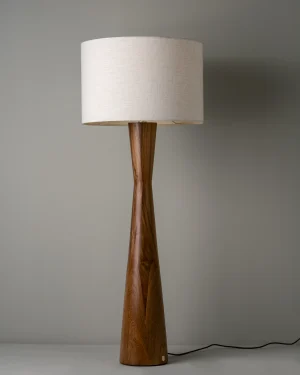 Sabina Modern Floor Lamp Parota Natural Wood Ivory Fiberglass Shade€3.900 incl. tax
Sabina Modern Floor Lamp Parota Natural Wood Ivory Fiberglass Shade€3.900 incl. tax -

 Elements set (Fire, Earth, Water and Air)€5.938 incl. tax
Elements set (Fire, Earth, Water and Air)€5.938 incl. tax -

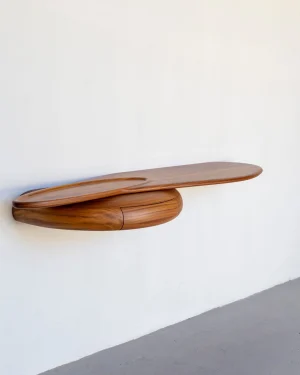 Ita – Wall Mounted Console€3.134 – €3.990
Ita – Wall Mounted Console€3.134 – €3.990 -

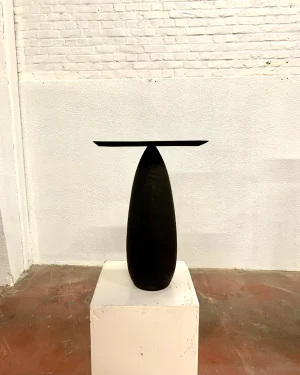 Drop Seats – Narrow Blackened Oak Stool€313 incl. tax
Drop Seats – Narrow Blackened Oak Stool€313 incl. tax -

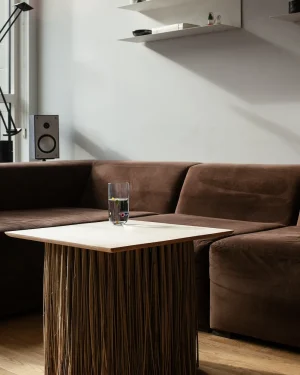 Brush Occasional Table€2.523 – €3.154 incl. tax
Brush Occasional Table€2.523 – €3.154 incl. tax -

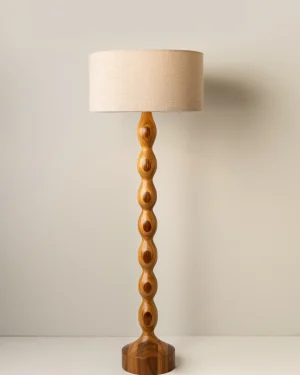 Tamarindo Organic Modern Floor Lamp Turned Natural Parota Wood Ivory Fiberglass Shade€3.900 incl. tax
Tamarindo Organic Modern Floor Lamp Turned Natural Parota Wood Ivory Fiberglass Shade€3.900 incl. tax -

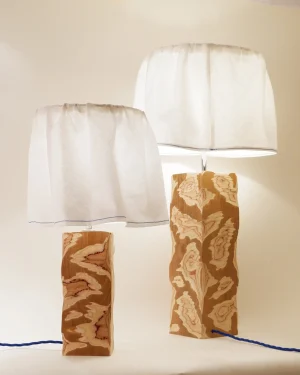 Acid Lamp – Carved Teak Table Lamp€375 – €810
Acid Lamp – Carved Teak Table Lamp€375 – €810 -

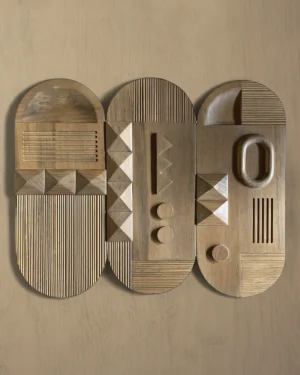 Planos Wooden Wall Art€2.250 incl. tax
Planos Wooden Wall Art€2.250 incl. tax -

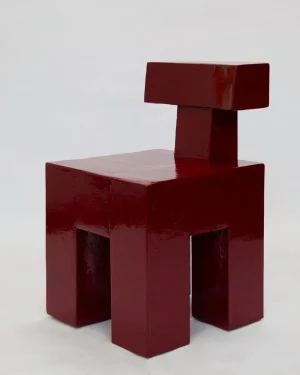 The Practice Chair€2.750 incl. tax
The Practice Chair€2.750 incl. tax -

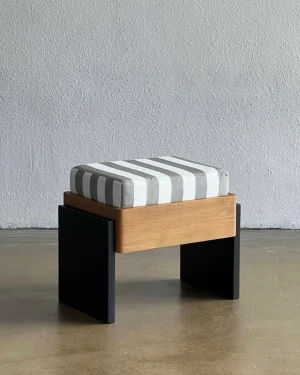 Striped Teak Ottoman€775 incl. tax
Striped Teak Ottoman€775 incl. tax -

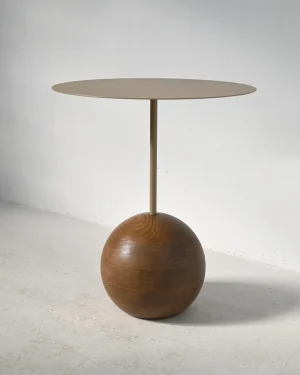 An Su – Side Table€676 incl. tax
An Su – Side Table€676 incl. tax -

 The Walky Chair€3.744 – €7.175 incl. tax
The Walky Chair€3.744 – €7.175 incl. tax -

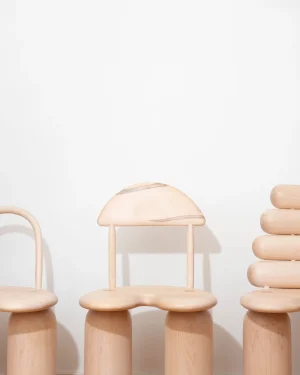 Funky Bunch – Maple Wood Dining Chair
Funky Bunch – Maple Wood Dining Chair -

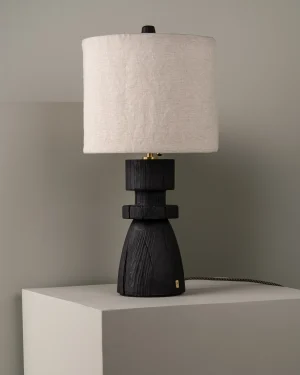 Mezquite Sculptural Table Lamp Burned Pinewood Flexible Natural Linen Shade Small€3.000 incl. tax
Mezquite Sculptural Table Lamp Burned Pinewood Flexible Natural Linen Shade Small€3.000 incl. tax -


 Zampa€2.875 incl. tax
Zampa€2.875 incl. tax -

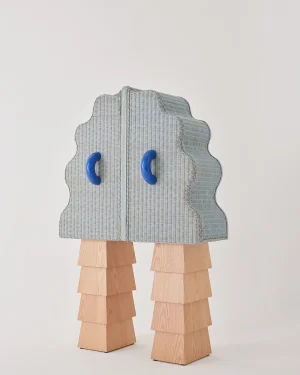 Ventura Cabinet€6.750 incl. tax
Ventura Cabinet€6.750 incl. tax
